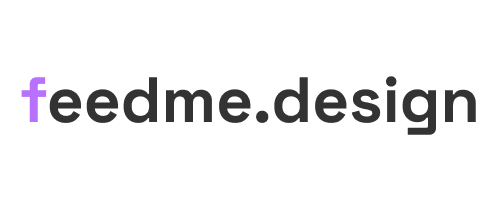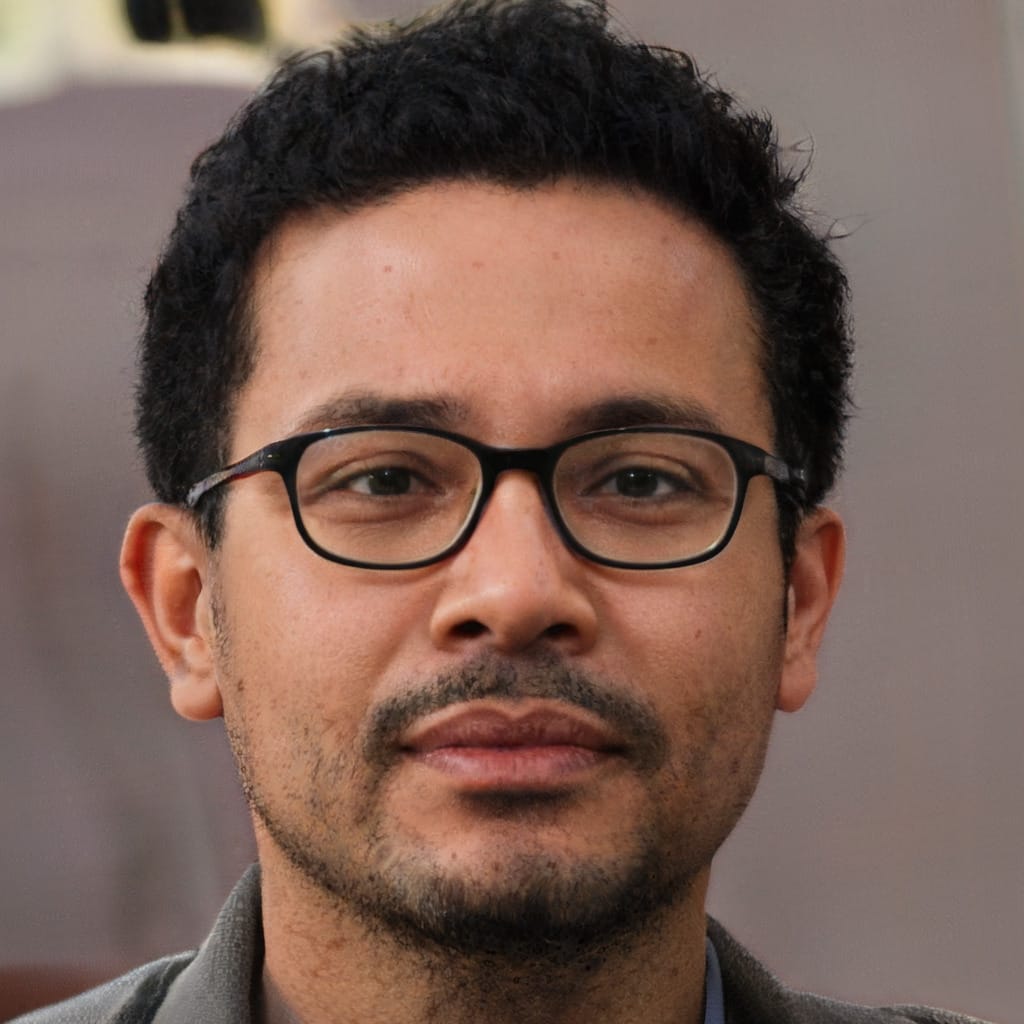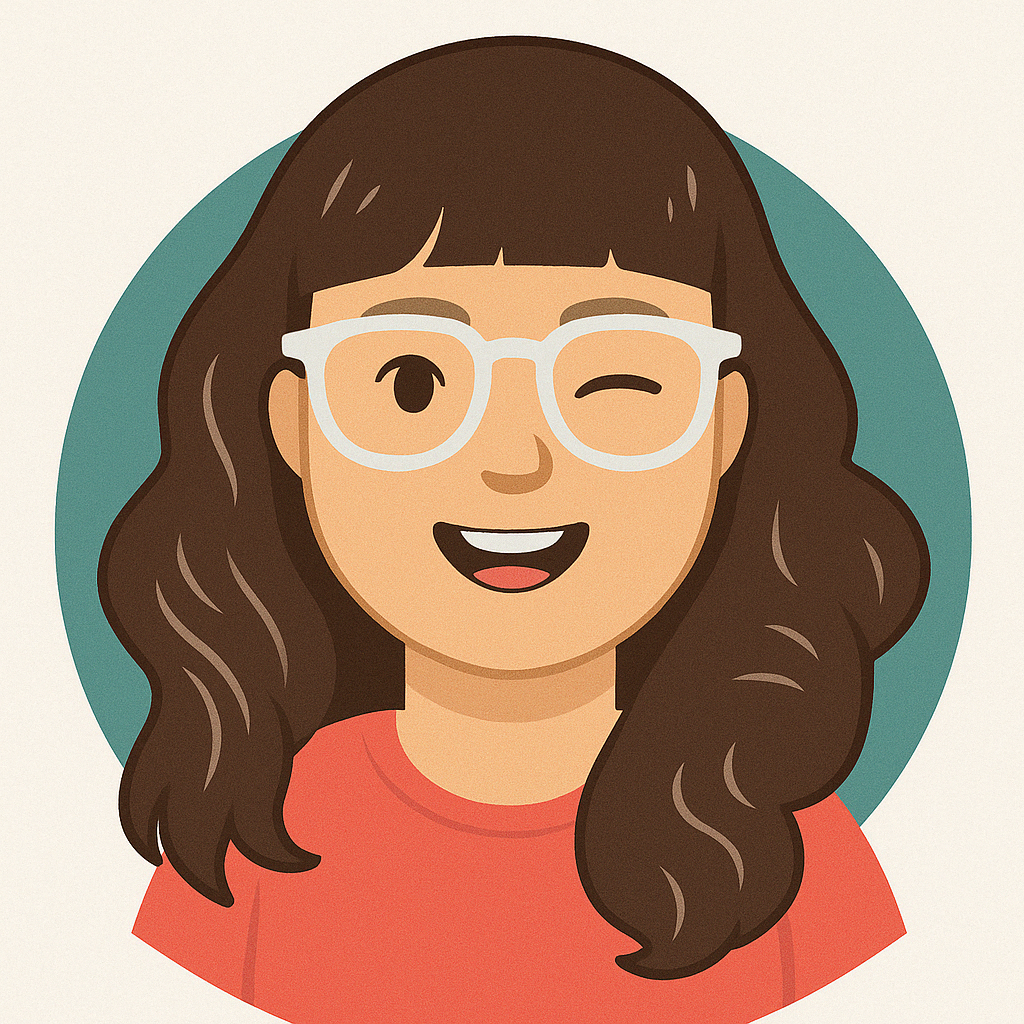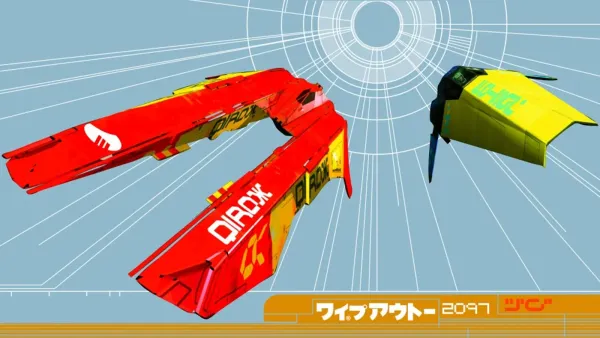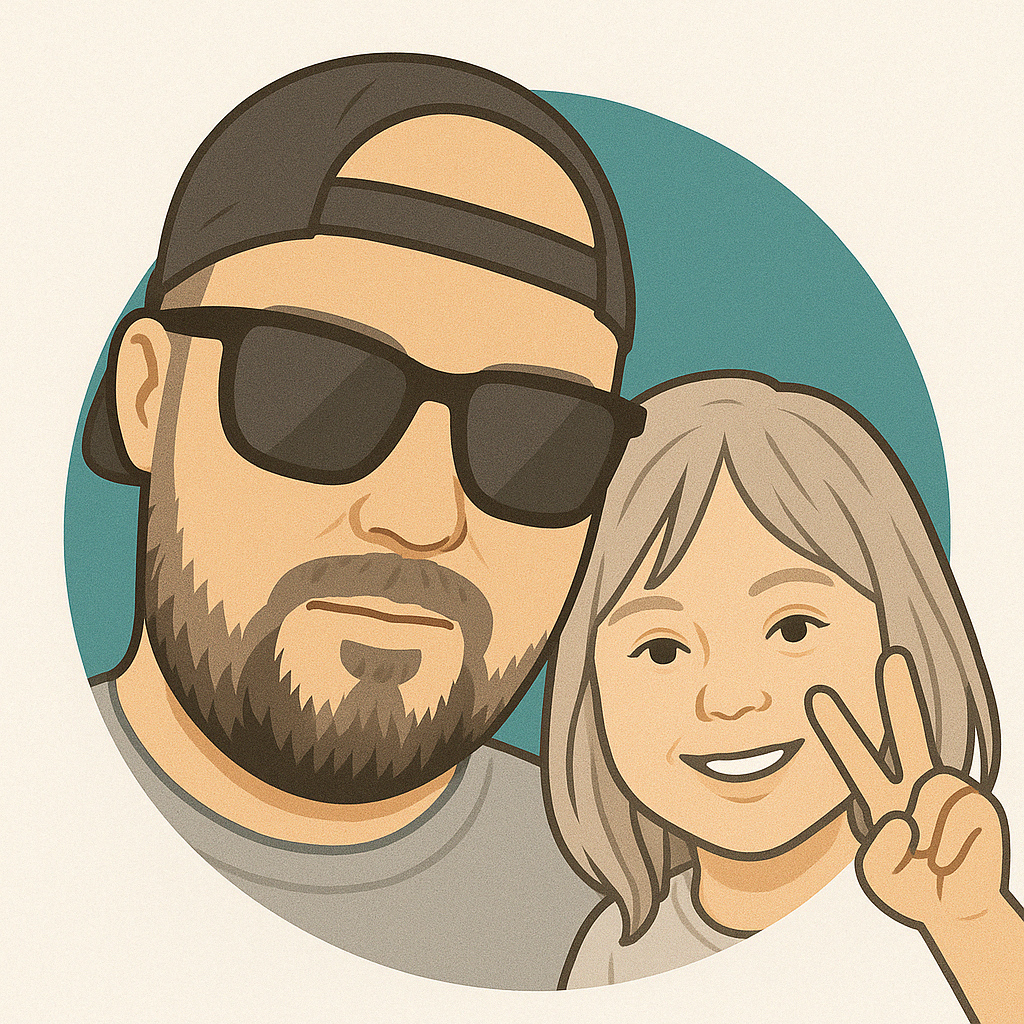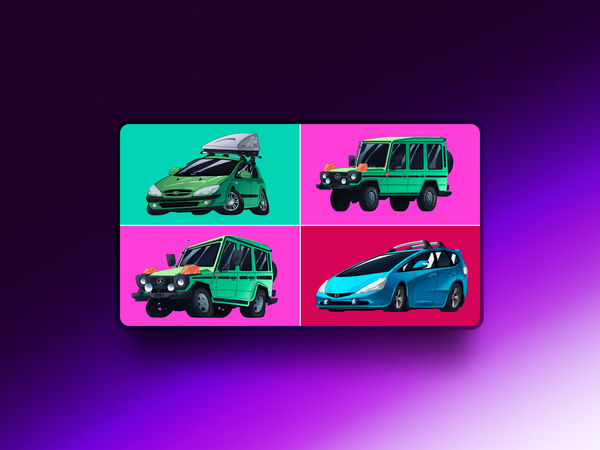Working in a large organization for the first time has been a learning experience, to say the least.
In my team, designers are outnumbered by other roles, which has given me a unique perspective on how different functions operate—and where things often fall short.
While I’ve gained valuable insights, I’ve also noticed some patterns that feel all too common in big workplaces, especially among leadership and certain roles.
One of the biggest challenges is the constant cycle of reinvention.
Ideas and strategies are rebranded over and over—what starts as a vision becomes a North Star, then shifts into big bets, all while priorities change on a whim.
On a personal level, I’ve never felt less productive, less inspired, or less fulfilled in my work.
It feels like we’re always chasing the next big thing without ever settling on a clear, actionable direction. This lack of consistency makes it hard to feel grounded, let alone productive.
Another issue is the gap between research and execution.
User insights and data are often sidelined if they don’t align with what leadership wants to hear.
Yet, there’s a lot of performative effort around having personas or user research—tools that are rarely used in any meaningful way.
It often feels like we’re going through the motions rather than driving real impact.
On a personal level, I’ve never felt less productive, less inspired, or less fulfilled in my work.
It’s tough to feel like the work I’m doing isn’t making a positive difference for people or the world.
It’s not always comfortable, but it’s often necessary to create real change.
In some ways, I’ve had to emotionally detach just to get through the day-to-day chaos and lack of direction.
I’ve also observed a cultural divide between certain roles.
For example, some teams seem less inclined to collaborate or consider other perspectives, often prioritizing speed and results over thoughtful, user-centered decisions.
On the flip side, those of us in creative or user-focused roles can sometimes get too caught up in “doing things the right way,” which can come across as rigid or out of touch with business realities.
If we’re going to bridge these gaps, I think we need to get better at navigating workplace dynamics.
It’s not enough to just focus on doing good work—we need to learn how to communicate effectively, build alliances, and advocate for our ideas in ways that resonate with different stakeholders.
It’s not always comfortable, but it’s often necessary to create real change.
Ultimately, this experience has taught me that success in a large organization isn’t just about doing great work—it’s about understanding the system you’re in and finding ways to work within it.
That can make or break designers. It’s a tough lesson, but one I hope will make me a better professional in the long run.
Have you worked in a similar environment? How do you stay motivated and navigate these challenges? I’d love to hear your thoughts and advice.
